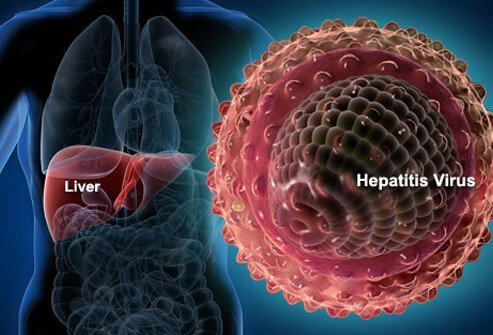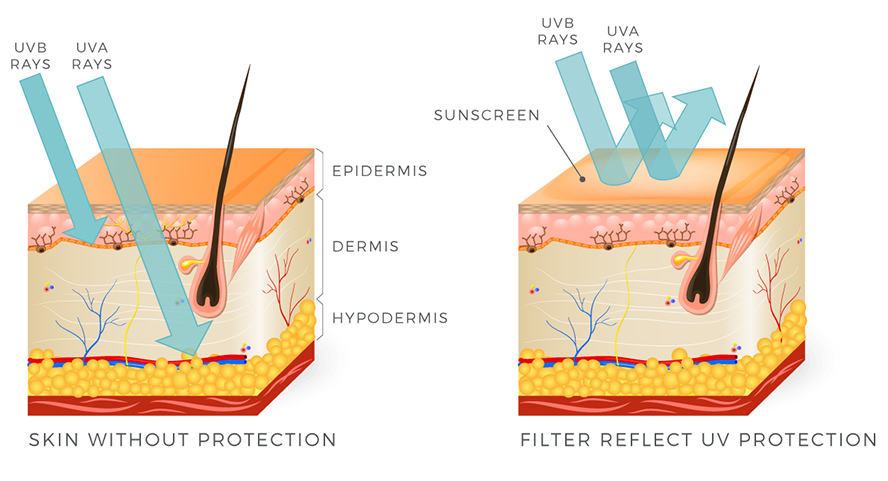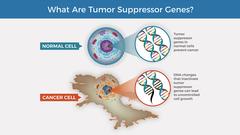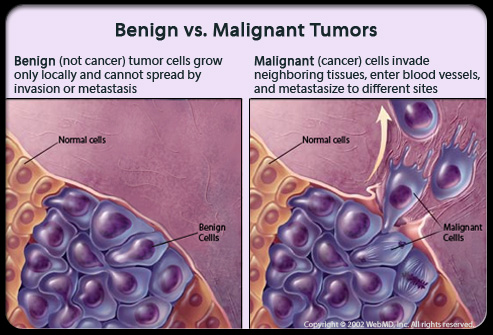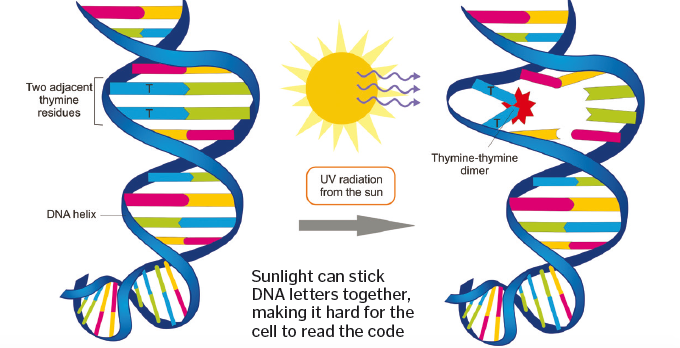Carcinogens and Cancer Study Guide
Introduction
A carcinogen is a substance that causes cancer. It causes cancer by altering the body’s cellular metabolism or causing damage to the cells’ DNA, which starts to interfere with the body’s normal cellular processes. It is important to identify these carcinogens, which can help to prevent cancer.
Carcinogens could be anything. These could be a virus, chemical substance, radiation therapy, or even cancer. A single carcinogen or a combination of carcinogens could cause or trigger cancer though this may not be the sole cause of disease (cancer is sometimes inherited).
Different Types of Cancer
Carcinogenic chemicals and physical carcinogens are of several kinds. These include radiation, pathogens, and chemicals. Some of the carcinogens are found naturally, and some are man-made. Some important points to keep in mind are:
- Viruses cause human cancers. A notorious one is hepatitis B that leads to liver cancer.
- UV radiation causes skin cancer. Radioactive gas is responsible for causing lung cancer.
- Smoke and tobacco contain formaldehyde and nicotine that are carcinogens. Exposure to smoke is the leading cause of lung cancer.
- Some chemicals are added to food that is known to cause cancer. If you cook food at high temperatures, then this can also potentially trigger carcinogens.
How do cancers occur?
The mutation that causes cancer happens in the genes that control the cycle of the cell. These include the genes that are tumor suppressors and the proto-oncogenes.
- Tumor-suppressor genes prevent the cells from damaging the DNA and dividing. When there are mutations in these genes, then this does not let the cells function normally. This causes the cells with the damaged DNA to divide.
- Proto-oncogenes control the division of cells. When there are mutations in these genes, then these are tried into oncogenes. Oncogenes promote cell division without damaging DNA.
Benign and Malignant Tumors
Cells that end up dividing uncontrollably could form a tumor which could be benign or malignant. The benign tumor does not harm the health, but malignant tumors are cancerous.
Their growth cannot be limited, and they start to invade and damage the tissues around them. The cells from any malignant tumor can break into the bloodstream and then get carried to other body parts to form a new tumor.
How do carcinogens cause cancer?
The carcinogen can damage the DNA in the cells directly, which causes mutation, disrupting the normal cell processes.
- It may not directly affect the DNA but cause the cells to divide faster than normal. This causes DNA changes and this, in turn, causes mutations.
- A variety of exposures and substances could damage the DNA cells.
- What you eat, smoke, and do no physical activity can all impact cancers.
- Exposures to radiation gas, ultraviolet light, and infectious carcinogenic agents cause cancer.
- Medical treatments like chemotherapy, immunosuppressants, and hormones are responsible for causing cancer (yes, chemotherapy is a popular cancer treatment but can also cause secondary cancers!)
- Some workplace exposures to industrial products and carcinogenic chemicals cause cancers
- Herbicides, cleaning products, pesticides, and paints could cause cancer
- Second-hand smoke and outdoor pollution could cause cancer
Some carcinogens do not cause cancer directly, but they could lead to cancer. Some of them cause cancer only when you have long-term exposure to them. The way the body reacts to the exposure level, the length of time exposed to, the exposure intensity, and the genetic makeup, all determine the risk of developing cancer.
Does exposure to a carcinogen always cause cancer?
- Just because a substance is designated as a carcinogen does not mean that it will necessarily cause cancer.
- Many factors play a role in deciding whether or not the carcinogen will develop into cancer.
- The duration of exposure and the amount of carcinogen taken, and the genetic background are also factored in.
Can exposure to carcinogens be limited?
There are certain regulations related to carcinogen exposure in the workplace. Quitting smoking, limiting exposure to the sun, and limiting alcohol intake are other ways to limit carcinogen exposure.
Conclusion:
- There are many carcinogens examples. A carcinogen is a physical agent or a chemical agent that can cause cancer in those exposed to it.
- Certain carcinogens increase the risks of developing only a certain kind of cancer.
- Like asbestos exposure is known to cause lung cancer called mesothelioma.
- Once you identify the carcinogen, take specific measures to limit your exposure to it to reduce the incidence of causing specific cancers caused by carcinogens.
FAQs:
1. How do carcinogens cause cancer?
Carcinogens cause cancer by changing the DNA of the cells. Other carcinogens may not directly affect the DNA but cause cancer by making the cells divide faster, which in turn causes DNA changes.
2. What are 3 types of carcinogens?
- Procarcinogens- This cause cancer because of being changed during metabolism
- Cocarcinogens- This cause cancer by attacking with some other chemical
- Direct acting carcinogens- These cause cancer in the form they are in
3. Which is the worst carcinogen?
Aflatoxin B1 is the most potent carcinogen.
4. What are common carcinogens?
- Tobacco
- Crispy, Brown Foods
- Ultraviolet Rays
- Processed Meat
- Radon
- Alcohol
- Asbestos
- Formaldehyde
5. What are five carcinogens?
- Acetaldehyde
- Bacteria. Helicobacter Pylori
- Benzo[a]pyrene.
- Asbestos
- 1,3-Butadiene
- Arsenic
- Diethylstilbestrol
- Formaldehyde
6. What food has the most carcinogens?
- Processed meat
- Alcohol
- Sugary drinks
- Processed food
- Alcohol
- Tomatoes
- Red meat
7. How does the body get rid of carcinogens?
When the carcinogen enters the body, the body starts to attempt to eliminate the carcinogen through a process called biotransformation. The reaction makes the carcinogen water-soluble so that the body can easily remove it.
8. What are the Group 1 carcinogens?
- Acetaldehyde that is consumed when you have any alcoholic beverage
- Acid mists, strong inorganic
- Acheson process
- Alcoholic beverages
- Aflatoxins.
- 4-Aminobiphenyl
- Areca nut
- Aluminum production
We hope you enjoyed studying this lesson and learned something cool about Carcinogens and Cancer! Join our Discord community to get any questions you may have answered and to engage with other students just like you! Don’t forget to download our App to experience our fun, VR classrooms – we promise, it makes studying much more fun! 😎
Sources:
- Carcinogens and How They Cause Cancer. https://www.verywellhealth.com/carcinogens-in-cigarettes-how-they-cause-cancer-514412. Accessed on 30 Nov, 2021.
- Carcinogens and Cancer. https://flexbooks.ck12.org/cbook/ck-12-biology-flexbook-2.0/section/13.55/primary/lesson/carcinogens-and-cancer-bio/. Accessed on 30 Nov, 2021.
- Carcinogen. https://www.genome.gov/genetics-glossary/Carcinogen. Accessed on 30 Nov, 2021.
- Carcinogens and Cancer. https://bio.libretexts.org/Bookshelves/Introductory_and_General_Biology/Book%3A_Introductory_Biology_(CK-12)/13%3A_Human_Biology/13.05%3A_Carcinogens_and_Cancer. Accessed on 30 Nov, 2021.
- Environmental Carcinogens and Cancer Risk. https://www.cancer.gov/about-cancer/causes-prevention/risk/substances/carcinogens. Accessed on 30 Nov, 2021.


